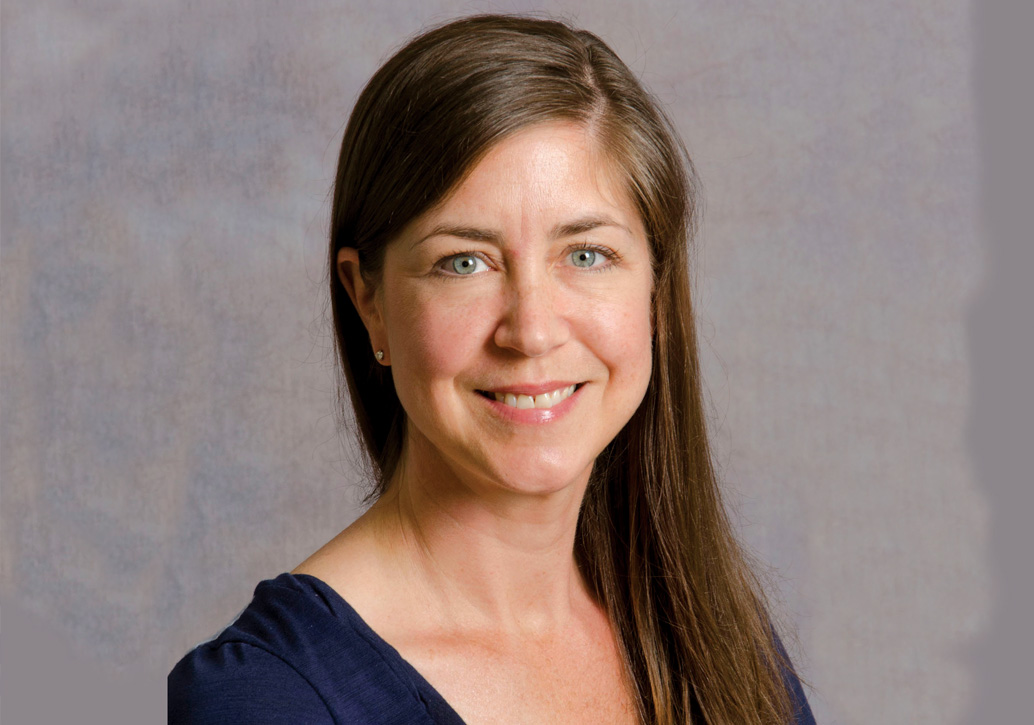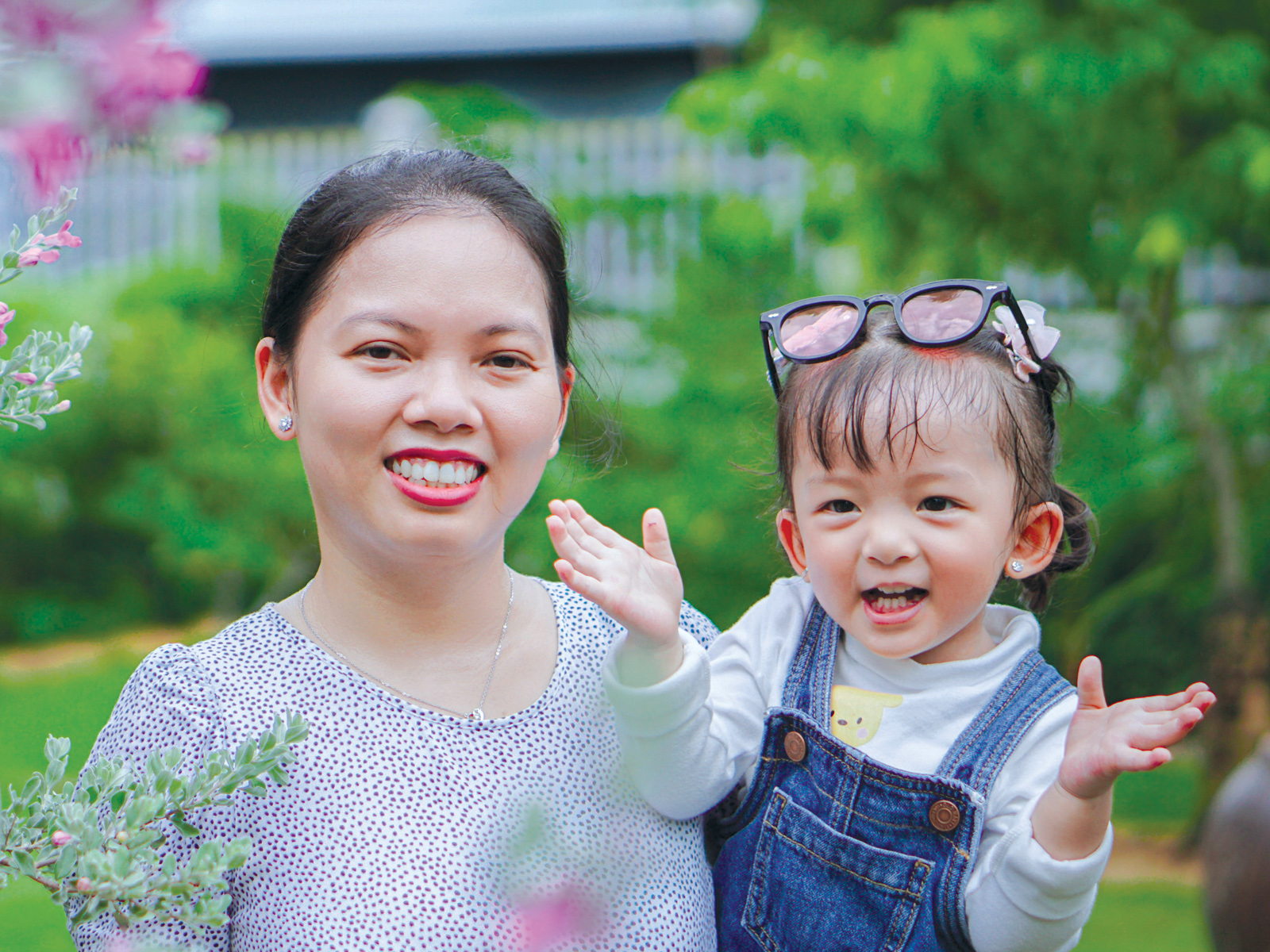In discussion with occupational therapist, Lori Burton
Q. What is a paediatric occupational therapist (OT)?
We are healthcare professionals who work with children and families to help with engagement in day-to-day activities known as their daily “occupations.” Our focus is on self-care, school and play. In the cardiology program, I work with kids living with complex congenital heart disease (CHD) to assess their neurodevelopmental and oral feeding/swallowing skills. I recommend safe and effective treatments.
Q. How do you help create a positive environment?
I’m part of an interprofessional team that includes child life specialists, music therapists and physiotherapists. We have “circle time” every week to promote therapeutic non-medical touch, movement, music and play. OTs also helped implement a multidisciplinary initiative at SickKids called the Beanstalk Program. It incorporates developmentally focused practices into clinical care through resources and education to create a child-friendly home-like environment in each patient’s room.
Q. Have you always wanted to work with children?
Yes, as a teenager I volunteered with youngsters with disabilities and realized that with kids, there’s always hope for progress and improvement.
Q. Are there common situations you encounter?
When a newborn has complex CHD and requires open-heart surgery in the first few weeks of life, there’s a prolonged stay in CCCU or perioperative or postsurgical care. There are often affects on their feeding because of hypoxic brain injury, a stroke or ongoing seizure activity. After surgery, we teach parents about activity restrictions and give recommendations for toys and activities to promote fine motor and cognitive thinking skills.
Q. What can a parent expect?
Every child has unique and complex needs. Working closely with parents, we assess to look at muscle tone, movement patterns, gross/fine motor and sensory skills, adaptive/cognitive abilities and social skills to come up with an individualized treatment plan. When there are concerns about feeding or swallowing capacity, I work bedside and make recommendations for interventions.
Q. What can be done at home?
Following open-heart surgery, avoid tummy time for two weeks after sternal closure. You can still participate in gentle activity to promote normal development play in positions like side lying, supported sitting or positioning in a caregiver’s arm. After two weeks, do tummy time exercises such as gently rolling from the back to the tummy.
Q. Any final advice?
Trust your gut. A parent is usually the first one to be concerned about a child’s development. Don’t be afraid to speak up. Ask for a doctor’s referral to an OT sooner rather than later.
Lori Burton is an OT in the cardiology program at SickKids Hospital in Toronto.














